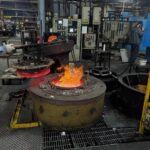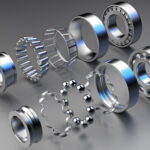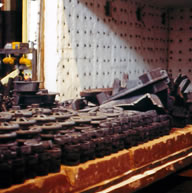Carburizing
Cincinnati Steel Treating (CST) has experience carburizing gears, shafts, plates, rings, and power transmission components. The carburizing process that CST carries out provides a hard case on top of a low carbon/soft steel core. This combines the benefits of wear-resistance on the surface with greater toughness for the overall cross section of the part.
Trust your Carburizing Needs to our Experts
Carburizing Capabilities
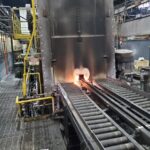 Cincinnati Steel Treating (CST) has seven different furnaces that are capable of carburizing. The dimensions for each of the furnaces are listed in the accompanying table. Five of the furnaces are internal quench furnaces where the parts are quenched under atmosphere. Two of the furnaces are long pit
Cincinnati Steel Treating (CST) has seven different furnaces that are capable of carburizing. The dimensions for each of the furnaces are listed in the accompanying table. Five of the furnaces are internal quench furnaces where the parts are quenched under atmosphere. Two of the furnaces are long pit
Carburizing Applications
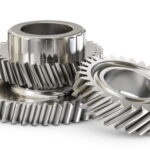 Carburizing is used as a surface treatment for many different types of parts. Most commonly, it is used to impart a case depth onto the teeth of gears. This gives the faces of the teeth hardness to resist wear along with a softer/ductile/tough core. The case depth that is imparted provides protection against
Carburizing is used as a surface treatment for many different types of parts. Most commonly, it is used to impart a case depth onto the teeth of gears. This gives the faces of the teeth hardness to resist wear along with a softer/ductile/tough core. The case depth that is imparted provides protection against
Carburizing vs. Other Surface Treatment Processes
Carburizing has advantages and disadvantages compared with other surface treatment processes. The comparisons are summarized in the table below. Consult our experts to determine if carburizing is the best process for your applications.
Bring Us Your Carburizing Challenges
For over 80 years, we’ve helped our clients across many industries improve production time and parts performance, quickly and efficiently. Turnaround times are fast and quality control is precise. As your outsourcing partner, we provide solutions to take your results to the next level.

